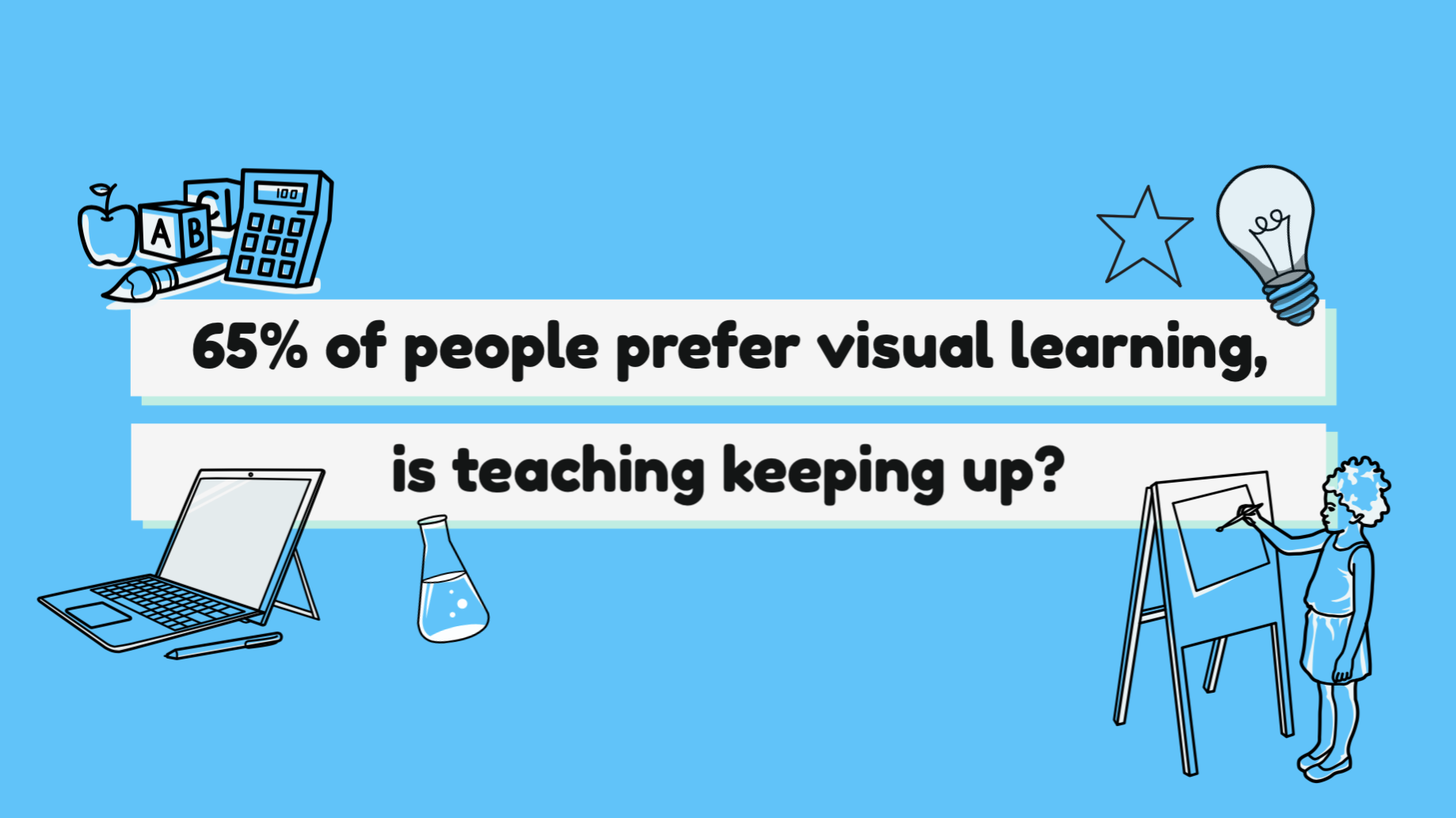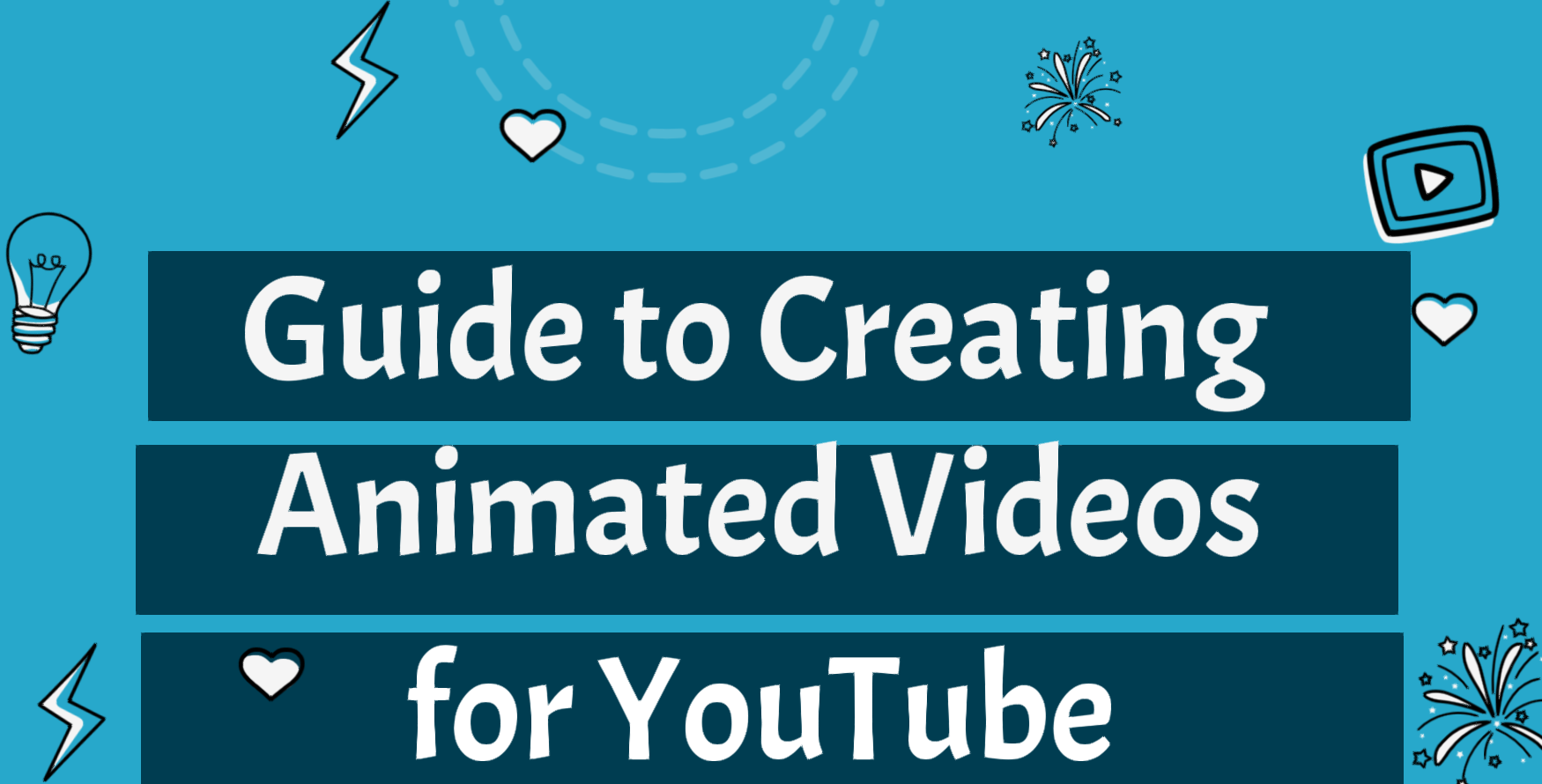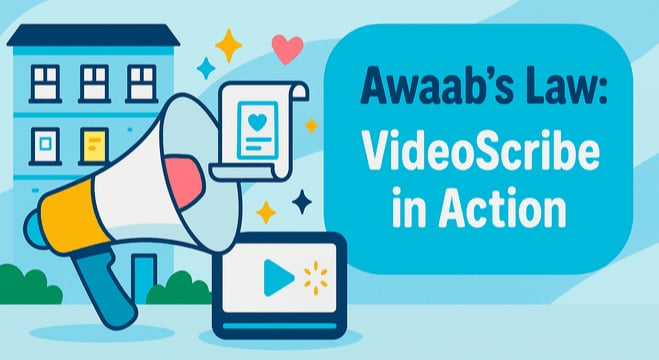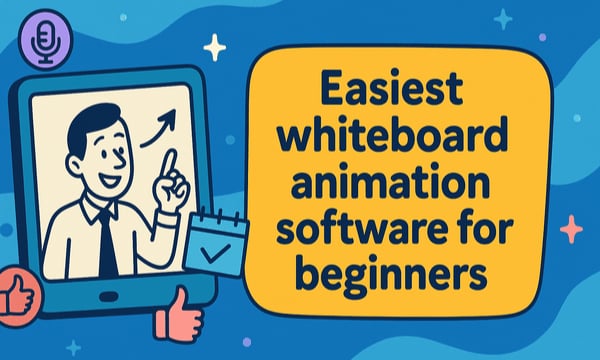Today's students are now some of the biggest consumers of video. Watching in the millions through sharing sites and social media as these platforms embrace video at breakneck speed.
Using video to learn even the most abstract topics has become the norm for children who’ve grown up with this technology at their fingertips.
It seems only logical that we should look to take advantage of the power of video in education too. A 2015 study by Kaltura, a software company, found that 93% of teachers believe the use of educational video improves the learning experience.
There’s no doubt that children love videos and that makes them more receptive to learning from them, but that isn’t the only reason why they're so effective for facilitating learning. Another is the fact that we can process video 60,000 times faster than text (Ross), which means that it takes less energy for us to learn and improves recall.
Harnessing the power of explainer videos in education
On top of the undeniable power of video to aid learning today, it’s been discovered that information presented through explainer videos increase information retention by an average of 15%, compared to talking head videos (Wiseman).
One reason why explainer videos are such effective teaching tools is that they make it easy for you to meet the three best practice criteria for designing and building successful learning videos:
- Signalling: Creating on-screen text or graphics that directs the learner’s attention and highlights the specific information that needs to be processed.
- Segmenting: Dividing information into bite-size chunks within the video, which makes it easier for your learners to digest.
- Matching Modality: Using images, text and audio, so that you can target multiple information reception channels simultaneously. This reduces overload for any one channel and increases retention.
Student engagement strategies to try with your class
There are lots of ways you can utilize video to make learning more exciting for your students, here are a few examples.
1. Creating explainer videos to demonstrate understanding
Setting students assessment tasks using video nurtures creative thinking about subjects and encourages them to present learning from their unique perspective. Creating an explainer video to demonstrate their understanding also uses multiple skills including storytelling, design and IT – all important skills for further education and beyond!
This also leads to a much more diverse range of presentations, making the marking process more interesting for you and providing example materials for future classes. Students have fun making scribes and you can enjoy watching them!
2. More accessible and engaging homework and revision
Creating revision tools is time consuming and it can be difficult to provide students with accessible resources that appeal to every style of learning. The benefit of having explainer video revision content is that students can replay the videos as many times as they want, helping them process information at their own pace, wherever they are. This is especially useful for complex STEM material or English literature like the example below.
Students might find it difficult to ask for additional help in class as they worry about whether they should admit they don’t immediately understand something in front of classmates. Having the key points of the lesson in a quick, easily digestible explainer video enables students to catch-up and get to grips with the subject at home.
Students can also create their own revision materials to further deepen their knowledge of the subject and facilitate peer-to-peer learning!
3. Connecting more easily with students who have Special Educational Needs (SEN)
Video is a great tool for teaching the 14.6% of UK students and 14% of US students who have special educational needs. Video can provide children with the opportunity to communicate their knowledge in a way that better fits their learning style, compared with more traditional methods.
It’s fun, absorbing and stimulates multiple senses. Learners actually get to see and hear the concept being taught and can process it in the same way they process their everyday interactions.
SEN students can also create their own videos as a creative way of learning and practising the curriculum.
4. Setting projects for longer-term assignments, investigations or just for fun!
You can use video to set longer-term projects that enable students to develop their research, planning, storytelling, and creative skills. It will also increase their proficiency in digital literacy and communication.
The video below is a great example of a longer-term research project culminating in a video with a series of tips on how to reduce plastic pollution!
5. Keeping parents engaged too!
Video isn’t just a great tool for keeping students excited and engaged, it’s also a great way to keep their parents in the loop too!
A quick explainer video of key dates for the year, or a summary of a school trip can get your message across loud and clear. Much more effective than a note sent home from school that will most likely get lost at the bottom of a book bag!
Videos are also great for helping parents understand what their children are learning so they can offer additional help with homework and revision.
So, how do you create your own videos?
VideoScribe's whiteboard animation software is the easiest, fastest and most cost-effective way to create educational videos. It uses a combination of spoken word, animated hand-drawn images, music, and sound effects to create eye-catching and attention-grabbing videos on any subject.
It’s simple and intuitive to use, gives you the choice of thousands of library images (including teaching specific ones), or uploading your own.
There’s also lots of video tutorials, blogs, online guides and support resources for teachers, students and stakeholders and a great technical support team on hand to answer any questions as well.
Get started with VideoScribe today
Whiteboard animation is a powerful tool if you’re looking for new ways to make learning exciting and inspiring, and the more widely it is used in your school the lower the price becomes (contact us here to find out about our multi-user discounts!).
If you’re ready to get started making your own education videos, sign up for a seven-day free trial of VideoScribe today, no credit card required.
Once you’ve created your explainer video, give it the attention it deserves and share it on social media with #MadeWithVideoScribe for a chance to be featured on our website!



.png)



![How to create animation magic [3-part guide to video success]](https://blog.videoscribe.co/hubfs/How%20to%20create%20animation%20magic%20guide%20VideoScribe.png)





COMMENTS